The last few months have been a balancing act for architect Pascale Sablan, a senior associate at the 80-person, New York–based firm S9 Architecture. As the pandemic confined Sablan and her young family to their home, she and her husband have bounced between childcare and client calls, meals and meetings—all from the same space. This “new normal” was upended again late last month, after George Floyd was killed by police officers in Minneapolis on May 25. Sablan serves on the boards of several advocacy organizations; those groups jumped into high gear. She spent hours on the phone with likeminded architects and designers, honing in on how to make an impact and finding “the point of action.”
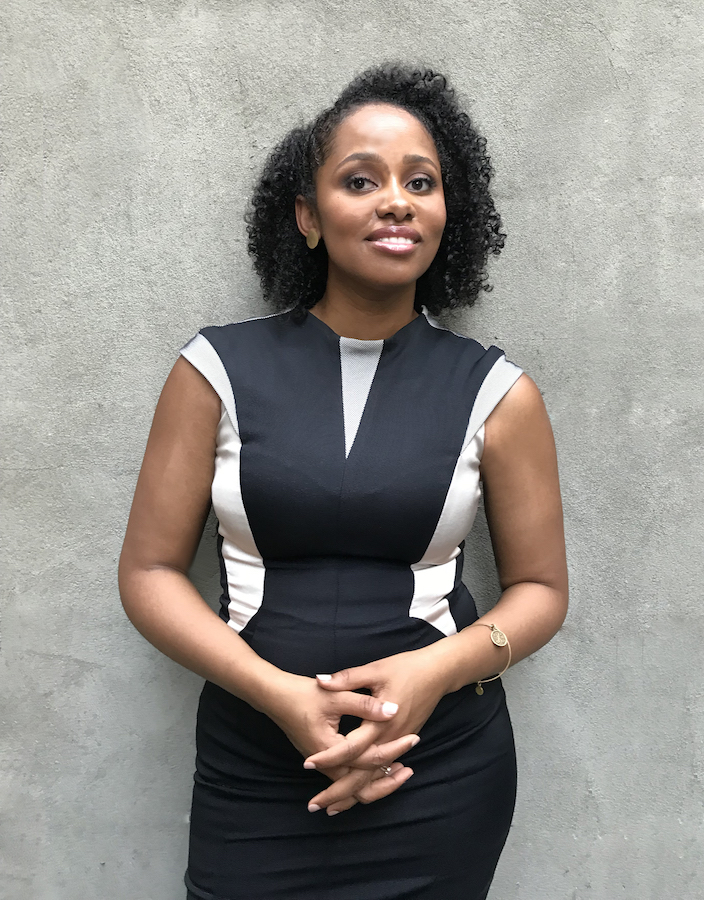
But at the same time, she found herself on work calls where conversations sounded different. “It was like, ‘Hey what’d you guys do for Memorial Day?’ ‘Oh, I had a barbecue outside.’” The contrast was stark, she recalls. “Like, you know, you guys have no idea how much torture it is on this side of the street. I already felt isolated as a diverse designer in the profession, but now, even more so. And I wasn't sure if I was even allowed to talk about how I was feeling to my colleagues and clients. When I see petitions and calls for action online, are those things that I'm allowed to share with my family at the office? Or can I only share them with fellow advocates?” She says the past few weeks have raised a number of professional identity questions with no clear answers.
Sablan is also the founder and executive director of an organization called Beyond the Built Environment, which aims to address inequality by profiling Black architects and creating a database for others in—or considering—the profession. Fewer than 1 in 5 new architects identify as a racial or ethnic minority according to the National Council of Architectural Registration Boards' 2019 survey, and 35 percent of those are women. Sablan herself is only the 315th living Black woman to become a registered architect in the U.S. 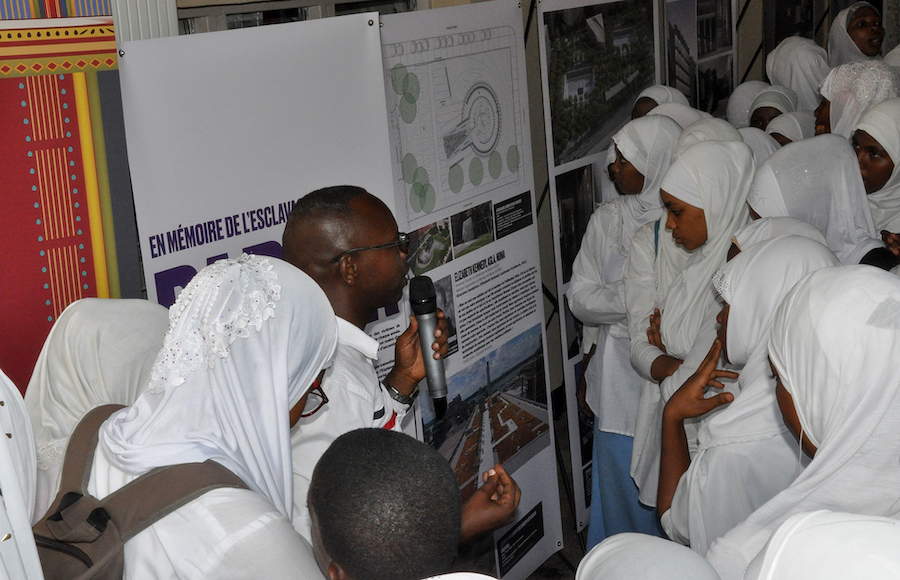
For Sablan, elevating women of color in design has been her mission all along. Since the pandemic, she’s even been busy creating a digital archive of her organization’s traveling “Say It Loud” exhibitions, which highlight local architects in locations around the globe. She hasn’t been especially vocal about her progress on that project lately, though; “Right now I want to be quiet so that the voice for justice is even louder.”
While the Black Lives Matter movement sparks conversations and protests around the world, Sablan says the fight against inequality starts much closer to home, within designers’ workplaces and professional organizations. Many organizations, architecture schools, and practices have issued public statements in the past week; Sablan, along with S9's advocacy committee, wrote a statement for the firm. “I’d rather take a position of leadership and write it than let the silence continue.” 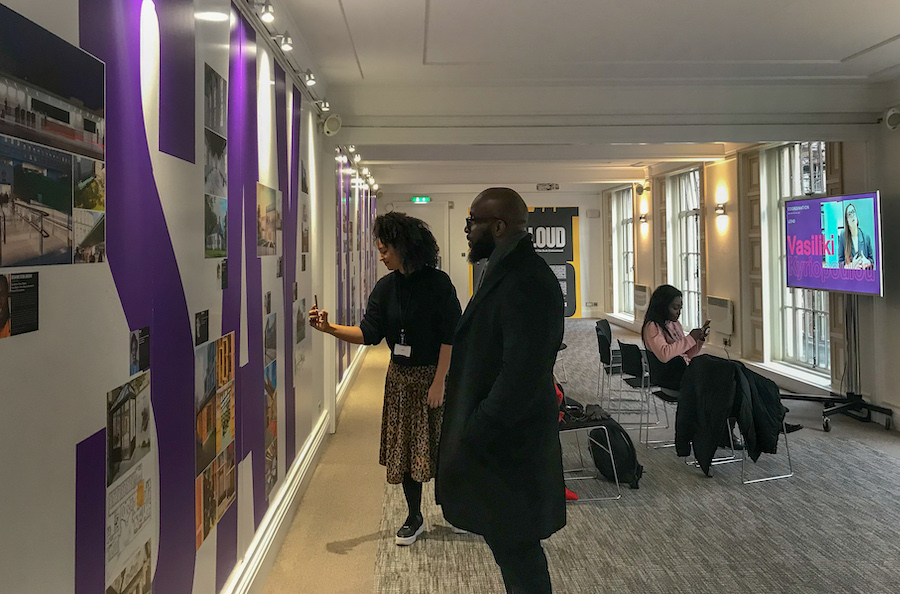
While it’s key for groups to take a public stand against racism and injustice, words alone don’t cut it, she says. “My question to firms now is, Okay, then what are you doing? What are you specifically doing right now to help fight injustice? And how are you dismantling racism and oppression that's embedded in our built environment?’ How are we taking that ownership?”
Sablan acknowledges that architecture offices are businesses that don’t want to scare clients away, but—she pauses. “Honestly, what are we even doing if we can't fight against injustice, unilaterally? Do we even want to have clients who are willing to create something that will lead to the lynching of more people? I don't know if that's the mission that we want to base firms on.” From her perspective, the issue at hand isn’t even necessarily “Black people versus police brutality,” she explains; it’s “everyone against injustice.”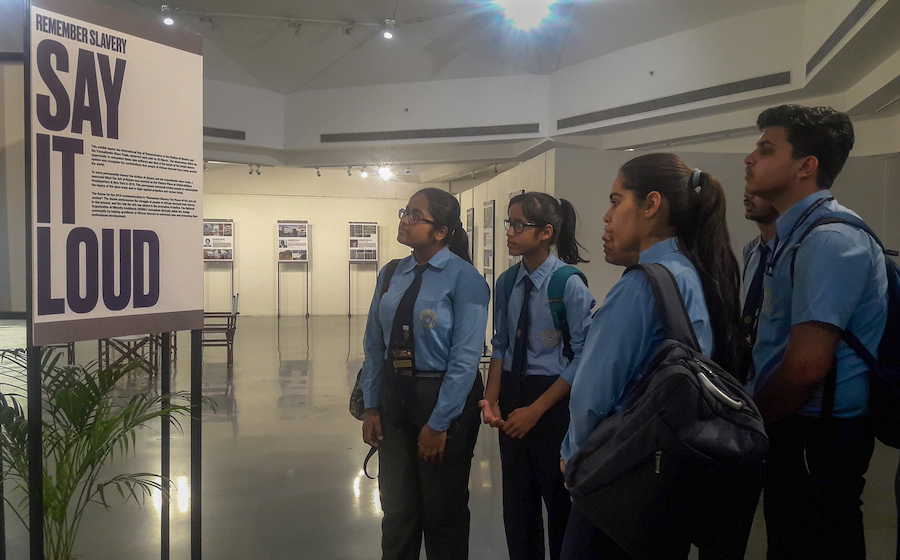
So where do we go from here? How can architects respond appropriately, meaningfully, today? “We have so many abilities as architects, that we can't say we’re only going to start fighting for justice when it's time to build a monument, or a memorial, or a museum.” She believes the profession she loves can work to dismantle injustice and brutality perpetuated by the built environment “from day one.” That might look like logging volunteer hours, making contributions, and monitoring and maintaining diversity in the office. “If we start becoming a resource to the community and to advocacy leaders, we’ll begin to feel we can step up and participate from the very beginning.”
As for the immediate aftershocks that police brutality has sent through the cities where we live and practice, Sablan suggests offering design consultations for small businesses who have been looted, or helping protest organizers choose a safe location that is mass transit–adjacent but also has 30-second egress opportunities if law enforcement officers become violent. “There's no reason to wait.”
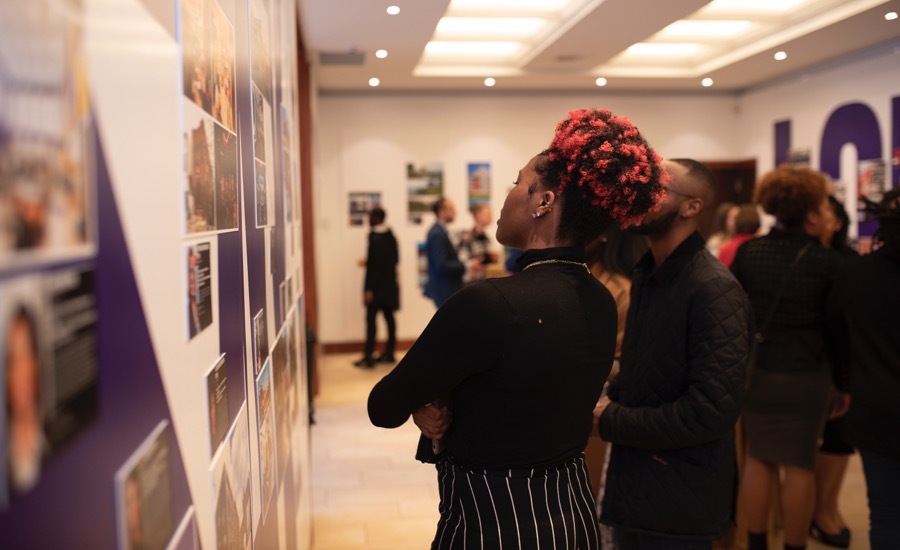



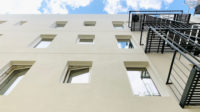
Post a comment to this article
Report Abusive Comment